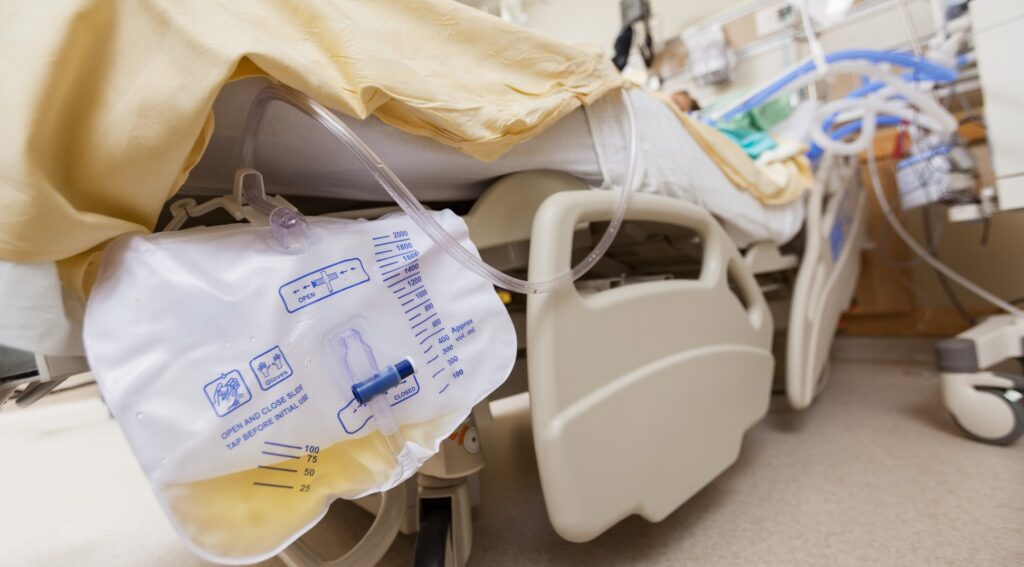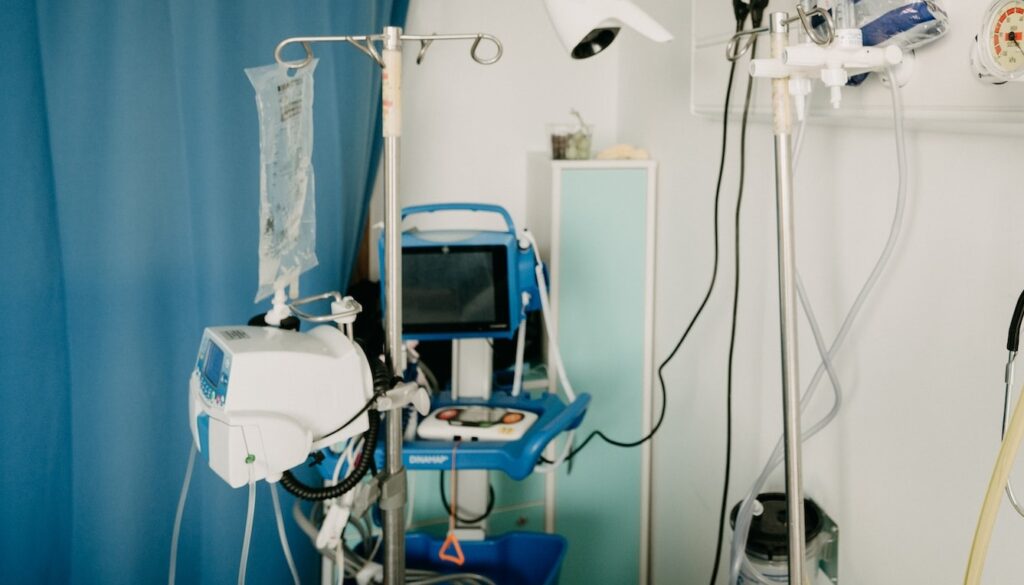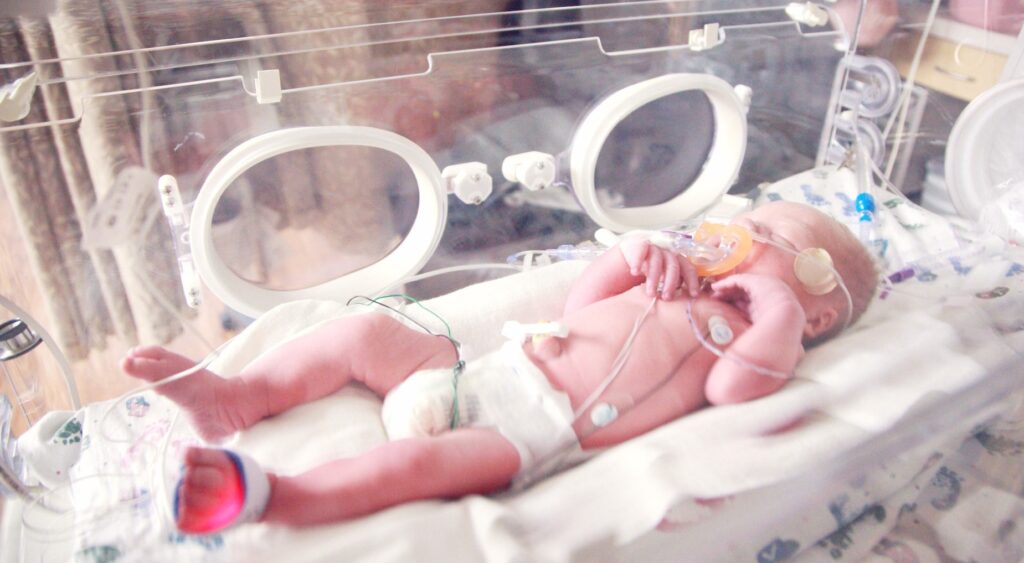A new AI device can measure the production of urine by the kidneys, down to the last drop, offering what the makers say is a uniquely precise way of monitoring the health of an intensive care unit (ICU) patient who has a catheter fitted.
Kidney function is crucial to a person’s health. The main job of the organs is to filter the blood of toxins and remove waste products from the body, but they also create hormones that help regulate blood pressure, produce Vitamin D and even control the production of red blood cells.
This makes checking that the kidneys are working properly a crucial step in monitoring a person’s bodily functions, especially when they are in the ICU. And the amount of urine that is produced is a key method of checking how well the kidneys are working, potentially signaling an issue in different parts of the body even before other symptoms are clear.

“[Urine production] is a vital sign that usually comes earlier than blood pressure or other vital signs,” says Dror Zerem, CEO of FIZE Medical, which makes the new device.
“It tells the medical staff to see where the problem is. It’s not always in the kidneys; sometimes it’s in the heart that does not produce enough blood, so not enough blood is going into the kidneys.”
The issue, says Zerem, is that urine production is not monitored accurately enough in ICU patients who are catheterized as a matter of routine.
Instead, he says, healthcare professionals rely on infrequent measurements that do not present a true image of the functioning of the kidneys or the bladder.
According to Zerem, about half of all ICU patients who were hospitalized with normal renal function will be discharged with some form of acute kidney injury.
This is partly caused by poor fluid management, which he says is difficult to gauge due to the lack of accurate measurement of the fluid that the body expels.
Most hospitals, Zerem says, only precisely monitor the amount of fluid that goes into the body – including medication that enters through an IV and can cause damage to the kidneys if not flushed through the system correctly.
“You have to really manage the fluids and today managing the fluids is done manually [and via] trial and error,” he says.
“You put in an IV for a patient, you let it stream [and] you think it’s good enough, but it takes about 30 minutes to one hour to see the output and understand if it is good enough or you have to change it.”
But the FIZE device, he says, provides feedback within a few minutes or less, helping to make fluid management faster and more effective.

The device is attached to the very tip of a patient’s urinary catheter – most commonly a Foley catheter that constantly drains the bladder- on the outside of the body, once the bladder has been emptied.
Its proprietary AI sensor then registers every single drop of urine entering the bladder, down to the last microliter (one millionth of a liter). It works by registering the changes in pressure within the bladder as urine gathers inside it.
“Every drop that comes from the kidney into the bladder, we measure it in real time,” Zerem tells NoCamels.
“Since it’s a closed system – the bladder with the Foley catheter – every drop that comes into the bladder changes the pressure,” he explains.
Sign up for our free weekly newsletter
SubscribeThe urine is also measured when it is extracted via the catheter using a peristaltic (sterile) pump that is included in the device.
All the related data is automatically sent to an ICU’s electronic medical record (EMR) for the patient, giving clinical teams up-to-date information that could indicate a crucial change in the patient’s status.
According to Zerem, FIZE produces the only device that measures urine production as it happens inside the body and not what is removed from the bladder via the catheter. The other methods of measuring urine production take place “a long way from the kidneys,” he points out.
He says that externally monitoring urine production also leaves room for “a lot of mistakes,” as the catheter can become blocked or even dislodged by the patient’s movements. (The sensor emits an alert when the catheter is blocked or comes free.)

The FIZE method, Zerem explains, means that the urine can be constantly drained from the bladder, keeping it empty. This reduces the risk of a catheter-associated urinary tract infection (CAUTI), which the US National Center for Biotechnology Information says is the most common cause of hospital-acquired infection.
The company, which is based in Modi’in Makabim-Re’ut, was founded in 2020 by its CTO Noam Levine, a specialist in designing measurement systems for fluid flow, after he was consulted by a physician friend about the difficulty in accurately gauging urine production.
Zerem, who is a physicist by profession and had been working on defense projects, was drafted to help solve the problem.
The device, Zerem says, is already in use in Rabin Medical Center in Petah Tikva and Sourasky Medical Center (Ichilov) in Tel Aviv. A number of devices were also donated to Soroka Medical Center in Be’er Sheva, to help with the treatment of Israel Defense Forces soldiers wounded in the ongoing war with Hamas in Gaza.
Zerem says the device is particularly useful in neonatal intensive care units, where babies only produce a very small amount of urine that would otherwise be hard to measure.
In fact, he says, it has already received approval from the US Food and Drug Administration and completed a pilot at Nationwide Children’s Hospital in Columbus, Ohio.
Nationwide, one of the largest pediatric hospitals in the United States, is set to begin using the device with its ICU patients next year.

Accurate monitoring of urine is even more crucial in pediatrics, Zerem explains, as the rate of acute kidney injury is higher than in adult ICU patients.
He says that the defense projects he worked on would take years to complete, while the results of the FIZE device are clear and immediate.
“We can visit the hospital, we can see what we’re doing, where we are helping, and more immediately than building a project for 10 years,” he says.
“We want to make money like every startup company,” he admits. “But we think the effect we can have on the health of millions of people is really, really significant. It’s really one of the things moving us.”
Related posts

Supple Stent Aims To Help Sufferers Of Painful Brain Pressure






Facebook comments